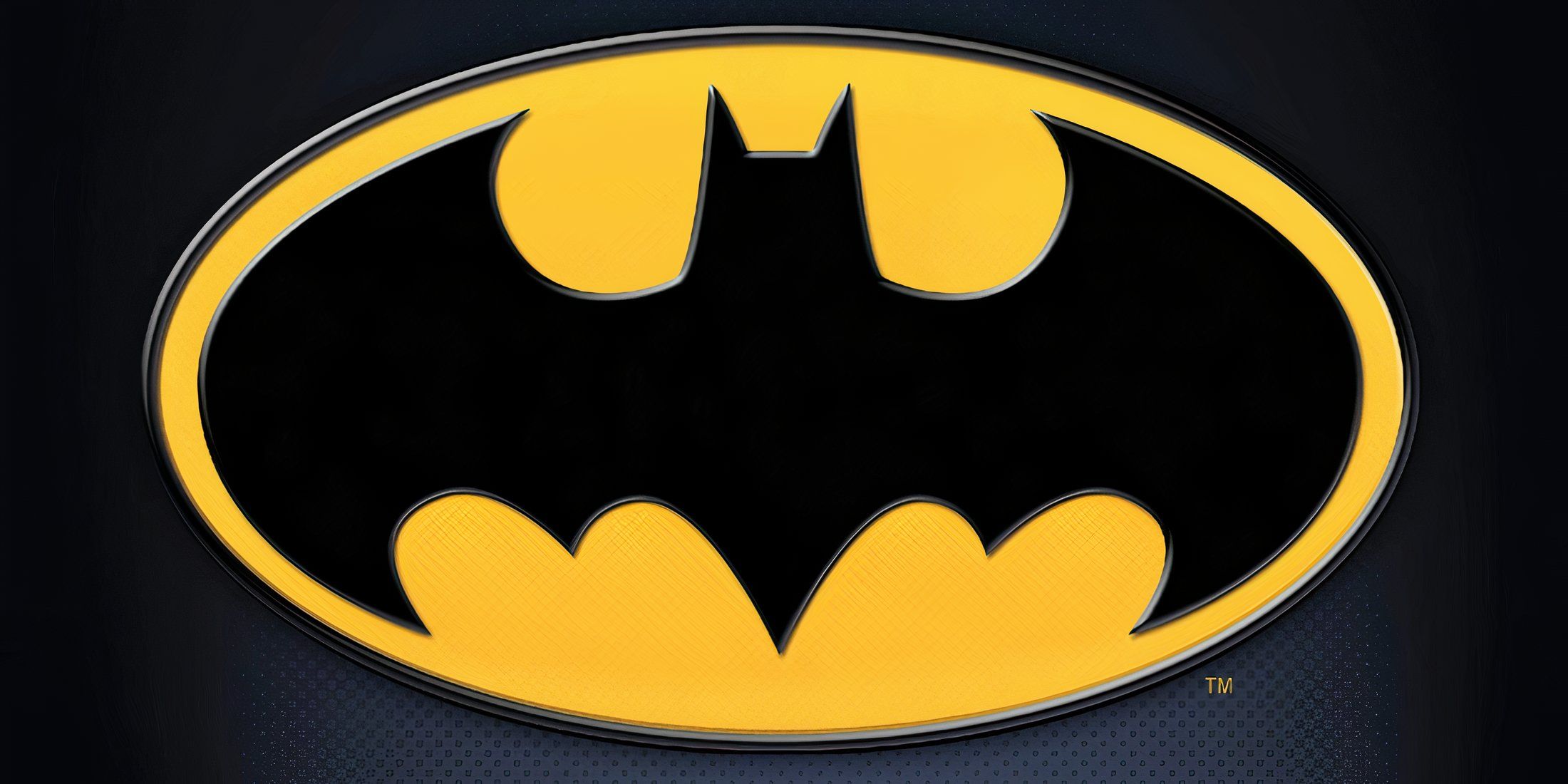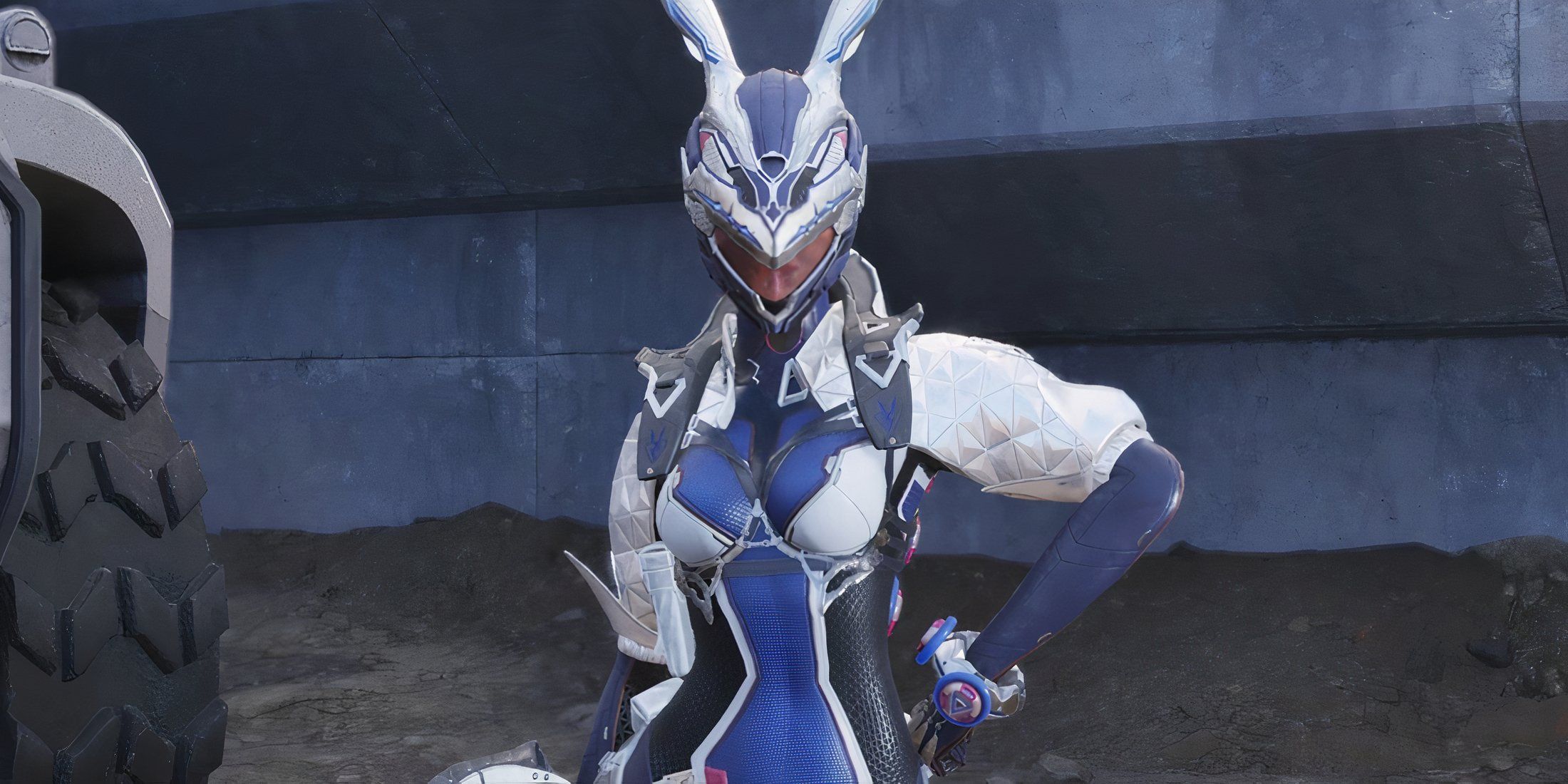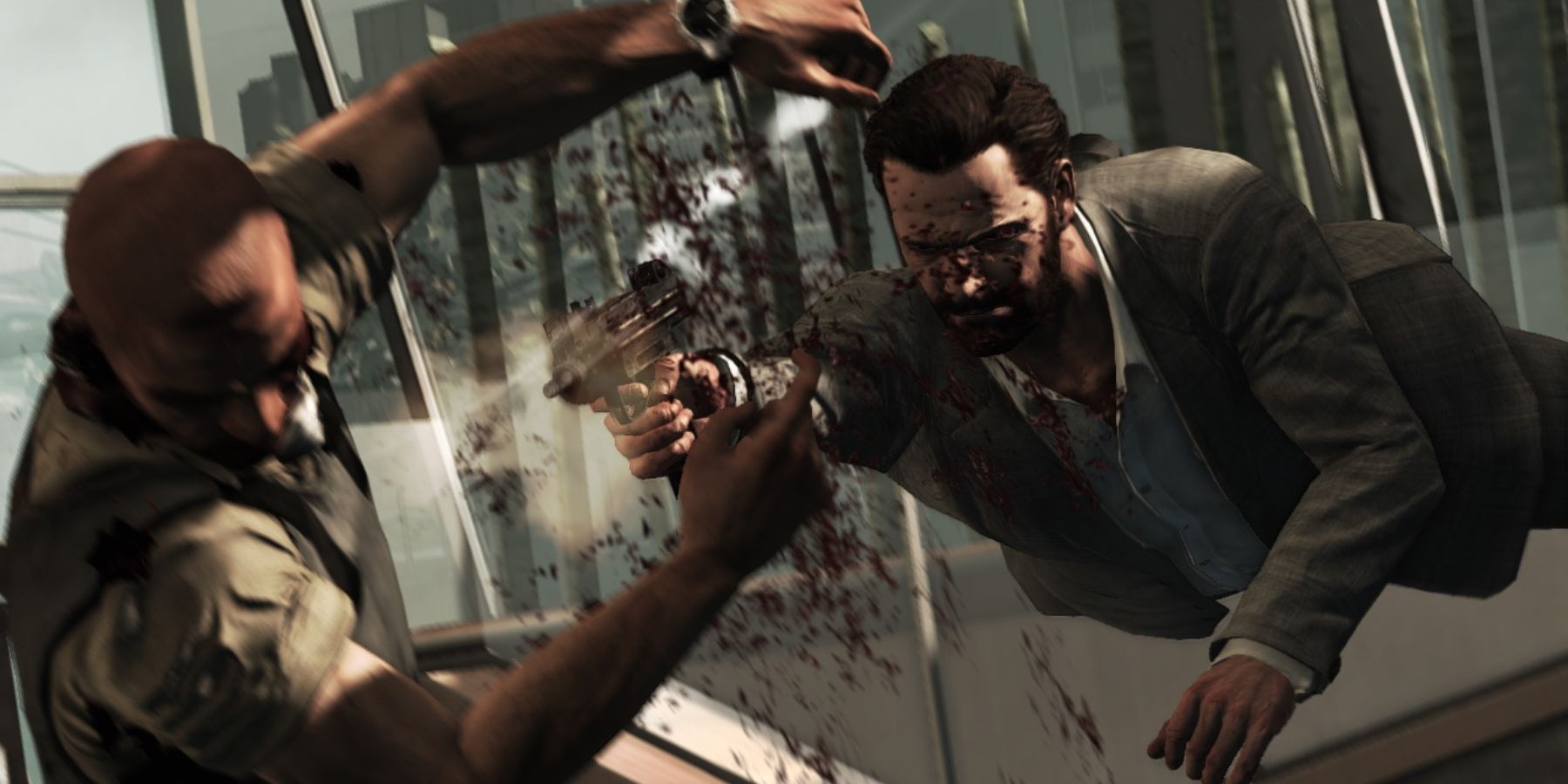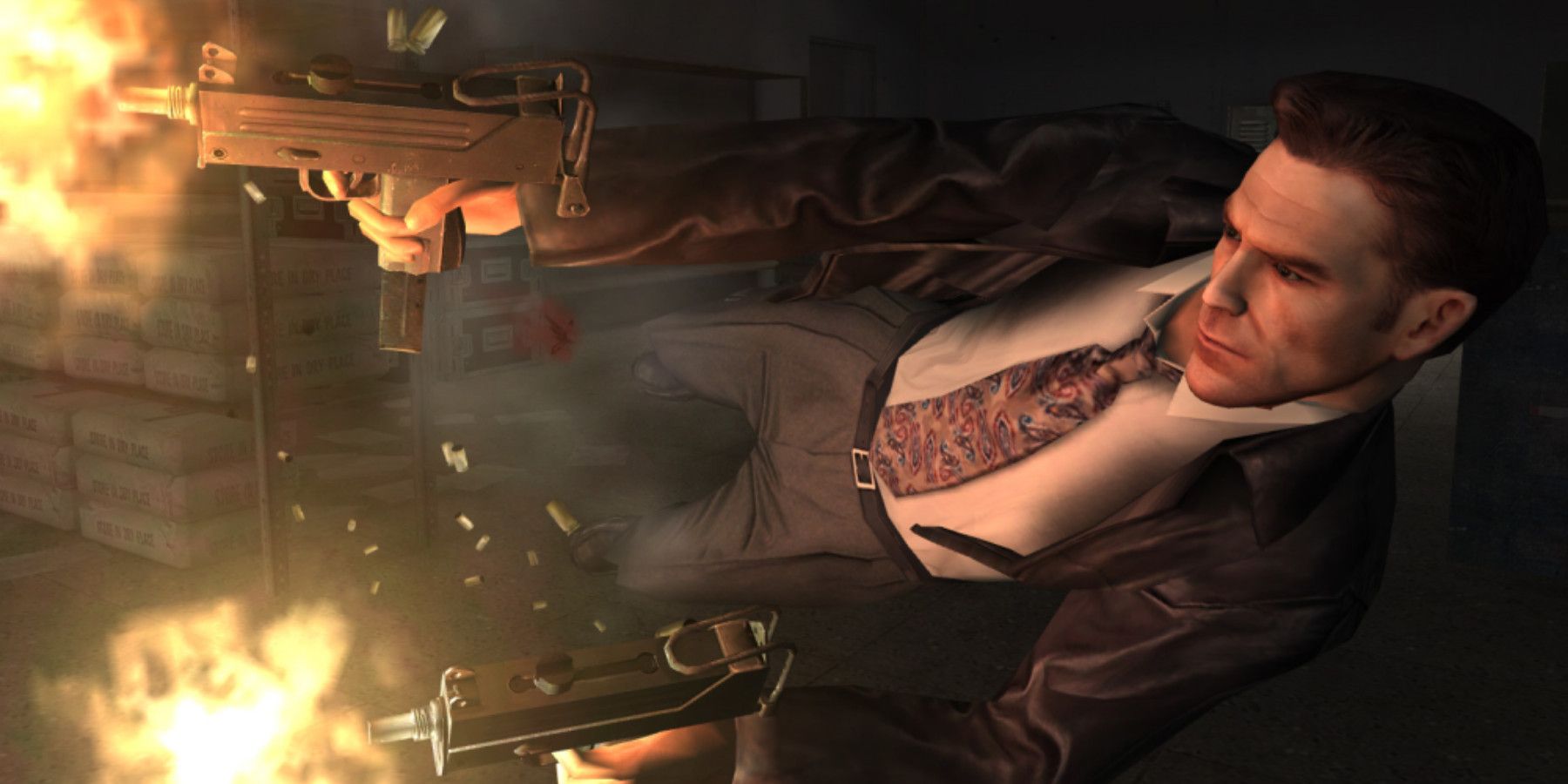A gritty action game inspired by detective noir thrillers, the original Max Payne wasn't quite revolutionary upon its 2001 debut, but it was a breath of fresh air in the action game market. Hitting store shelves just a few years after the first Half-Life, Max Payne released in a market dominated by first-person shooters, and while many of them have gone on to be remembered fondly, they also led to the industry feeling a little oversaturated at the time. Max Payne stood apart from the crowd for a number of reasons, with the biggest being its pioneering use of bullet time.
First popularized by a set of John Woo action movies in the 80s and 90s, and then finally The Matrix, bullet time is a phrase used to encompass really any form of activated slow-motion in a video game or movie. When bullet time is activated, players can often leap through the air, fire their weapons, and see each individual shell barrel through the air toward their opponents. Though it may not have been the first to include it, Max Payne essentially pioneered the bullet time mechanic for modern video games, and the mechanic has remained largely unchanged since. But for the upcoming Max Payne remakes, Remedy Entertainment is going to need to pull some other tricks out of their sleeves.
The Max Payne Remakes Need More Than Just Bullet Time
Bullet time, as a game mechanic, can be incredibly satisfying to use. At just the tap of a button, players can be performing daring feats of acrobatics, landing shots with pinpoint accuracy, ending with a shot of their foes slumping to the ground dramatically. Bullet time not only has gameplay benefits, allowing the user to better line up their shoots and avoid oncoming damage, but it also empowers them through visuals and atmosphere at the same time. This makes it a powerful tool, one which the rest of the gaming industry soon took note of.
Since Max Payne's release in 2001, countless other video games have used some form of the bullet time mechanic, all largely to the same effect. Though the name changes, the mechanic will always see the player enter slow-motion, where they can then engage in some impressive feats of marksmanship or acrobatics. Mirror's Edge has its Adrenaline system, Red Dead Redemption has Dead Eye, FEAR has Reflex Time, and even Fallout has its own version of the mechanic with its VATS system.
Bullet time isn't really a selling point anymore, and while the upcoming Max Payne remakes will likely feature some of the most satisfying bullet time mechanics in any video game ever created, they won't be enough on their own to attract new fans. Instead, Remedy is going to need to pull out some new tricks for the remakes, a set of mechanics that really shows audiences why the Max Payne series should receive remakes in the first place.
One selling point that the Max Payne remakes can really double down on is realism. After Remedy left the series, Rockstar tried its hand at creating a third Max Payne game, and though it isn't perfect, it does arguably feature the best version of bullet time in the series. The reason behind this version's bullet time success is its realism. Every character's movement feels a lot heavier and more deliberate than in previous entries, with even Max's bullet time leaps feeling sufficiently weighty. This makes every leap and action feel all the more meaningful, as one wrong move can leave Max vulnerable. Remedy's Max Payne remakes should double down on this sense of realism, and ensure that every movement and action in bullet time needs to be carefully considered and planned out, leading to more satisfying firefights.
Max Payne Remakes are currently in development.





